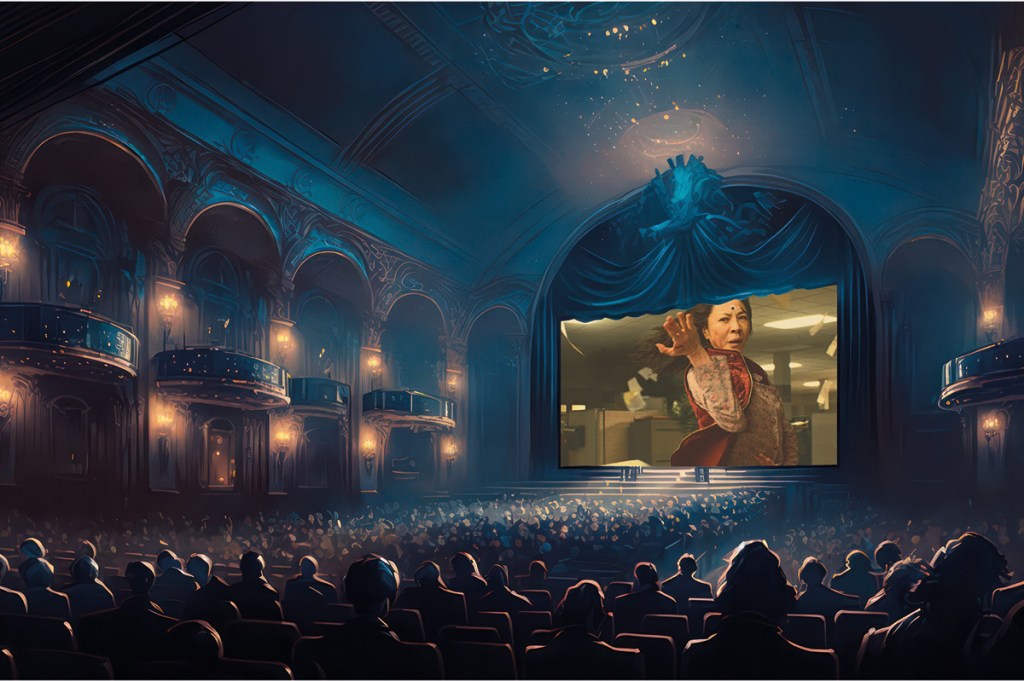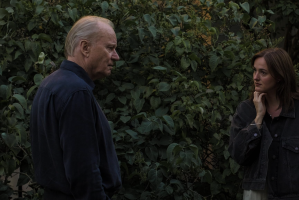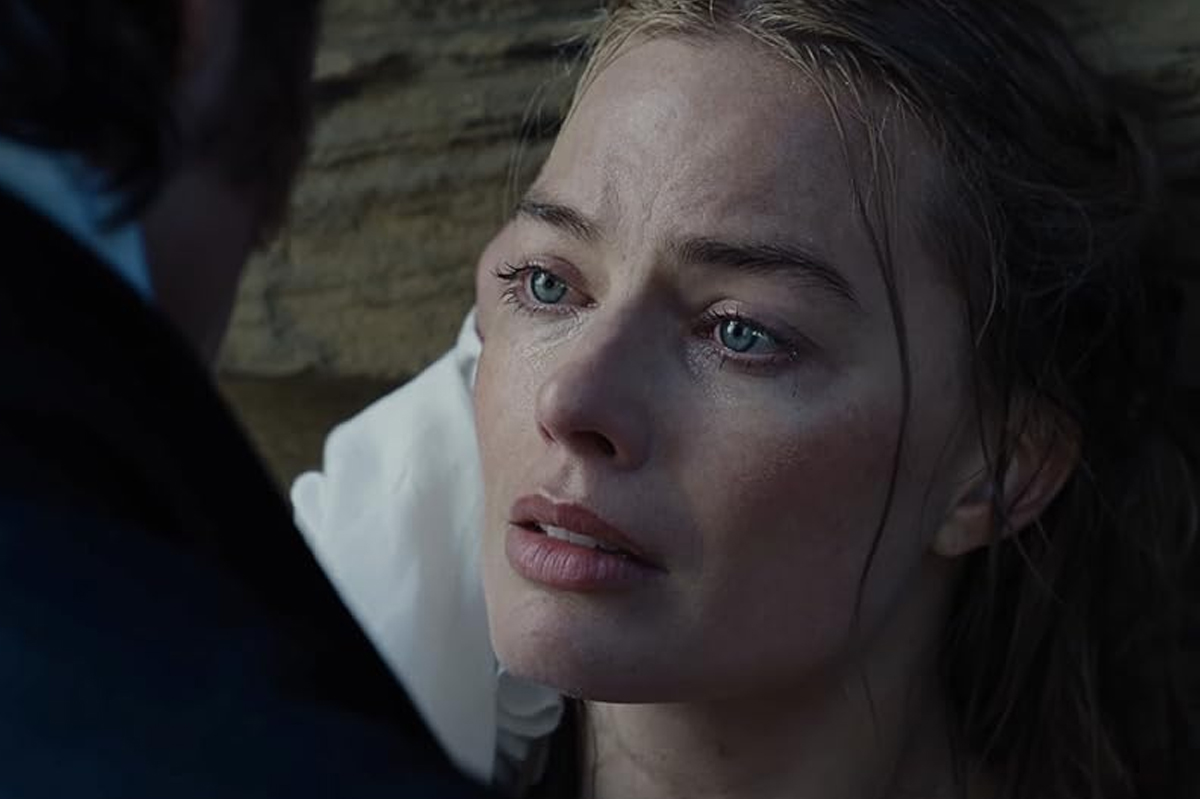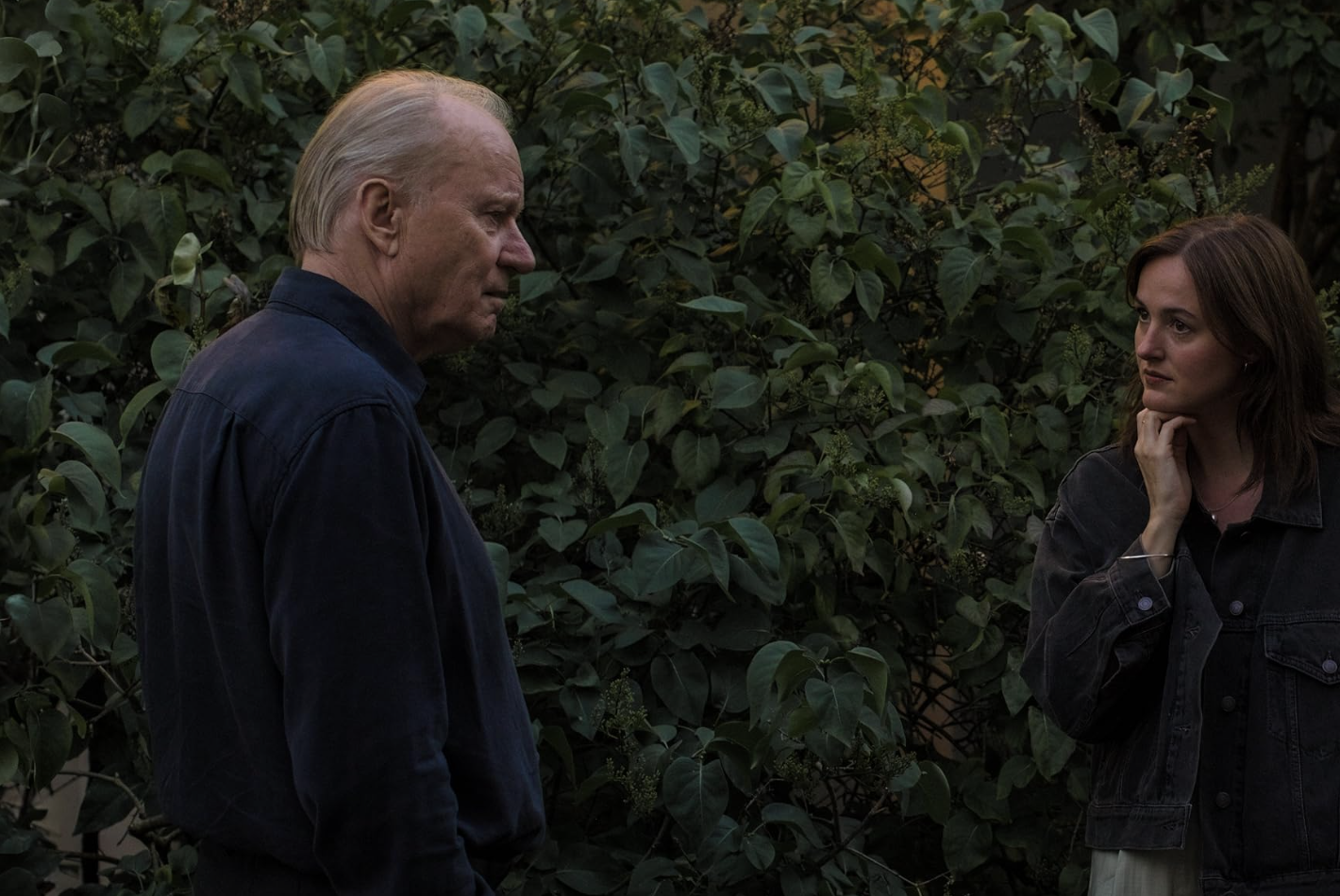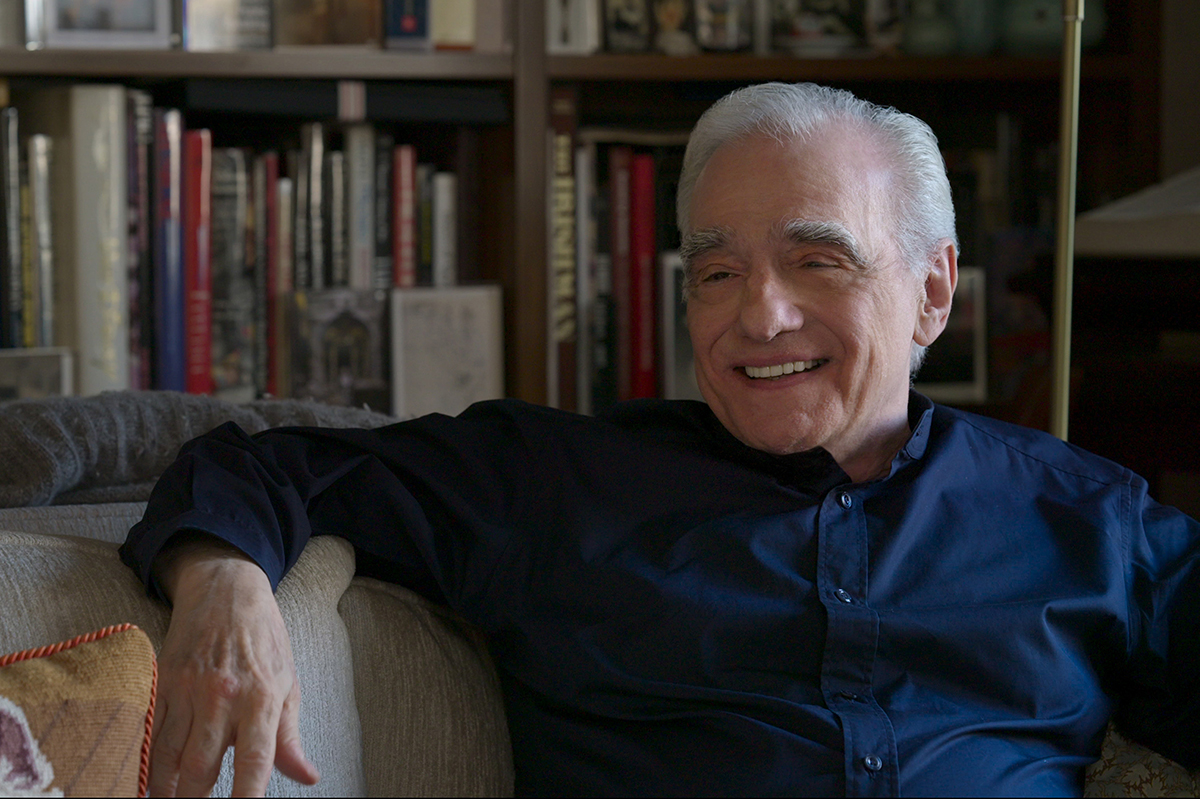By the beginning of this decade, popular American cinema was once again in peril — just as it was in the 1950s and the Eighties. Then the threat was television and home video, respectively. Now it is streaming. There have been peaks and valleys in between, but before the pandemic, these were the major existential challenges to Hollywood and American movie theaters. The survival of theatrical exhibition after an unprecedented sixteen-month absence speaks to the power of the medium and the ineffable itch that going the movies scratches. Even Steven Spielberg looked desperate, if relieved, when he told Tom Cruise earlier this year, “You saved Hollywood’s ass and you might have saved theatrical distribution” with Top Gun: Maverick.
2020 was the year that didn’t exist; the first, unintentional, year of near total home video. We don’t have to imagine a world with new movies out and no movie theaters to show them — we lived through it three years ago. Quarantine encouraged binge-watching on home screens, and plenty of productive cinema research. But in 2020 sitting home watching “new movies” the day they “came out” felt false and disappointing. Theaters animate the films they show: my memory of masterpieces like Bloody Nose, Empty Pockets and Kajillionaire is dulled and distant, only because they came out in a year that movies didn’t exist.
Post-pandemic Hollywood and the rest of the world have only just begun to approach pre-2020 production levels, but the number of new movies will likely remain lower than usual this year. In 2022, there was a 30 percent decline in new releases, and ticket sales were down 35 percent from 2019. You didn’t have to read Deadline or the Financial Times to notice that there were fewer movies to see in theaters these past two years, or that blockbusters like Top Gun: Maverick, Avatar: The Way of Water and Elvis stuck around longer. Four new Marvel movies clogged multiplexes and movie palaces all year, leaving even fewer options for people who were desperate to get back into theaters.
As unprecedented as Covid theater closures were, this slow turnover was familiar for most of the twentieth century: movies used to hang around for months and months, even before those well-worn, pre-digital prints went to grindhouses and dollar theaters for their final runs. Scream was still playing in some places when Scream 2 came out almost exactly a year later; just a month after that, Titanic would reach its box office apex on Valentine’s Day 1998. Titanic and the Scream movies were pop-culture sensations, and just a step above the long-running Pulp Fiction, which played from 1994 through 1995.
I can’t attest to these days, nor when a movie like Jaws played to packed houses a full year after its release. I remember lining up for certain movies: a 2003 adaptation of the Stephen King novel Dreamcatcher featuring the late Tom Sizemore, preceded by a twenty-minute reel from The Animatrix, a largely forgotten tie-in to the enormously disappointing Matrix sequels that year. And, of course, there were the Harry Potter and Lord of the Rings franchises, but these were pre-planned, with release dates penciled in half a decade ahead of time.
The only reason Everything Everywhere All At Once has been playing in movie theaters for over a year is because of word of mouth, carrying it to directly to an Oscars sweep.
Everything isn’t for everyone, but its craft, scope and technical prowess are undeniable — it’s no surprise this film won every major Academy Award this year (Tár would have swept in a pre-2019 year, before the voting pool was forcibly shifted; the silent majority that gave Best Picture to Driving Mrs. Daisy, Crash and Green Book is gone). Unlike CODA or Nomadland, Everything Everywhere was a movie seen by many real people in many real movie theaters — the old butts in seats criterion — as well as many real homes and hotels. Word of mouth drove regional and platform releases fifty years ago, before 800 theaters was considered an “arthouse run.”
Staggered release schedules in earlier decades allowed for local hits like Walking Tall to expand nationally, and while there’s no going back from the globalization that flattens out our media horizon, it’s still word of mouth that pushes people to movie theaters and keeps those movies playing in their heads long after they’re done.
It’s not the screen or the sound or the increasingly large seats — something happens when you watch a movie alone together, laughing, crying, and fidgeting in unison. You can feel the air leave the room (Nope), become electric (Uncut Gems), or both (Pink Flamingos). There is a giddy joy to the communal cinemagoing experience, one threatened but not defeated by streaming services, and that sense of unity — of something memorable shared — cannot be replicated by any other form. And this is what Hollywood, at its best, sells us. Let’s just hope that we can continue to buy it.
This article was originally published in The Spectator’s May 2023 World edition.



